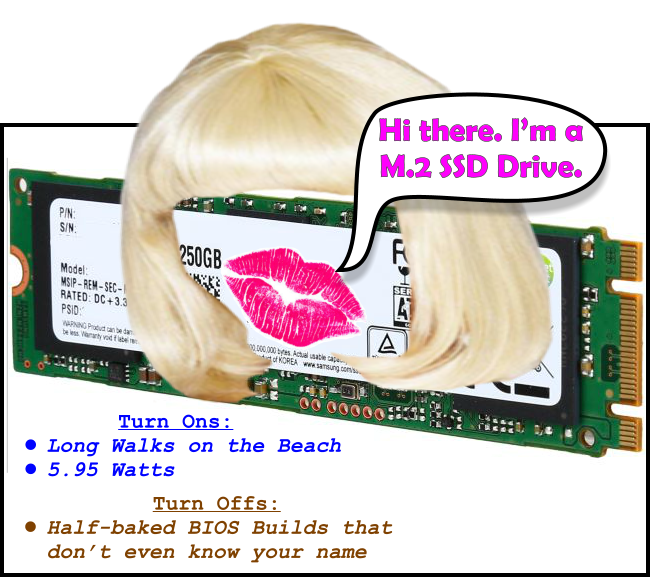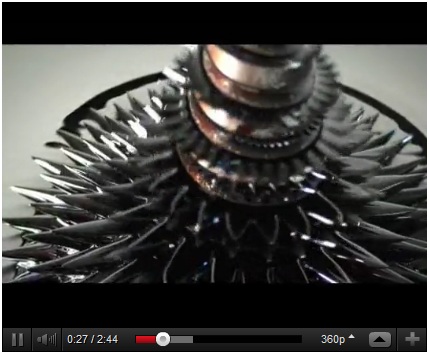Prepping BIOS for Win7 OS Install:
Go into the BIOS and Make These Choices (If Not Already Set)
- Go into the BIOS menu:
- Reboot
- Press Enter until you get a menu
- Press F1 or select it and Enter to go into BIOS settings
- Go to Devices tab
- If not already, set Boot Agent to Disabled
- Honestly, I don’t know much about this, but I think it’s for if you’re booting into a server image, and if you’re worried about installing an OS on your local machine, you probably are not booting over a network. When I had this set to default of PXE, it added a lot more boot time and sometimes threw errors about finding a boot disc.
- If not already, set Boot Agent to Disabled
- Go to Save & Exit tab,
- For installing Windows 7: Make sure OS Optimized Defaults is set to Disabled.
- This optimizes for Win 8.
- For installing Windows 7: Make sure OS Optimized Defaults is set to Disabled.
- Go to Startup tab,
- Set CSM to Enabled
- Set Boot Priority to Legacy First
- That step should automatically change the Secure Boot choice to Disabled, which is how it needs to be.
- If Security tab > Secure Boot is not disabled, set to Disabled.
- Press “F10” to save and exit BIOS Settings.
Now Reboot, and Boot Into Your DVD or USB Drive (ASSUMING You Have Recovery Media Already)
- As shown before, hit Enter until you get a menu, then hit F12 and choose to boot into your DVD drive (choose Legacy DVD if option)
- It should start installing your OS. It may tell you to change discs periodically and then press “Enter” after doing so.
- If you need to insert the Lenovo Windows recovery discs and get to the point in the OS reinstall/repair process where it asks you if you want to partition the drive with MBR or GPT, choose GPT. I say this only because it says it’s “faster”.
If you DO NOT have recovery media, see next.














Blaine C.
Kris – thanks for a great write-up! I was preparing to do the same exact build for a Revit workstation except with an E5-2367v3 & the K4200. I would like to use the M.2 card as both my boot & data drive – is that possible? My IT guy can’t seem to get me an answer. Also, how are you liking the 10gb to the server? Can that be done over CAT6?
Blaine C.
I also have the 1630 right now – it’s great.
Kris Bunda
Hi Blaine – Thank you!
The 10gb to the server REALLY made a difference. Large CAD files that had taken 30seconds to open may open in 7 or 10 seconds now. Or at least that’s my perception. I don’t want to set you up for too high expectations though, it’s not immediate. Also, I’m bitterly disappointed in how much of a bottleneck the internet service remains to be for when I try to open CAD files over VPN remotely. And yes, I believe our IT person said it had to be over CAT6, and he specifically had to patch that line into my workstation area (as opposed to the CATV ports on the wall outlet next to it).
The M.2 is really good. Even though I moved it from the Lenovo mezzanine card to another PCIe x4 slot (I don’t remember if I explained all that), it doesn’t seem to make a difference. I’m thinking both the FLEX slot and another PCIe 3.0 x4 lanes slot are theoretically the same thing.
You could definitely have your m.2 as both a boot and the drive you keep a lot of your files on – just like when you buy most computers, they often only have one hard drive. My only problem is that CAD files tend to get so large so fast that I’d rather just have them on a second (also fast) drive, like a different SSD. I’ve even gained more respect for mechanical drives, like the 2.5″ 10,000 RPM ones. I have one in my laptop to store some CAD files and photos on, and they load surprisingly fast. But I still require an SSD as the boot drive for the OS and programs to run from.
Hope my opinions answer your questions. If your IT person has some questions on setting up the M.2 with another drive (or if he’s having probs getting M.2 to work as boot drive for windows7), let me know, maybe I can help. There’s also a VERY helpful Lenovo staffer on the Lenovo forums with screen name “PSTurtle” (if memory serves). That person really helped me along in understanding much of the new “FLEX” module stuff Lenovo is selling that has such obscure and confusing documentation.
You’re reminding me that I should make a followup post on setting up the BIOS to use the m.2 card in a riser card in a different slot, while using the mezzanine “FLEX” slot for the HDD bays via LSI RAID card, and how to then set the m.2 card as boot and still have any other drives you push into the bays show up in the operating system. Because it wasn’t exactly intuitive. And it wasn’t automatic by any means.
Kris Bunda
Yes, that’s a real snappy processor, I’m really happy with it.
Frankly, I don’t understand why anyone would take more cores over speed, at least when it comes to most CAD tasks. Sure, on SolidWorks drawings, each view supposedly is assigned to a different core, making for “multi threading”. But aside from drawings, most modeling or simulation can pretty much only be single threaded linear solving (last I knew).
Perhaps it’s a completely different story for other CAD that isn’t solid model-focused.